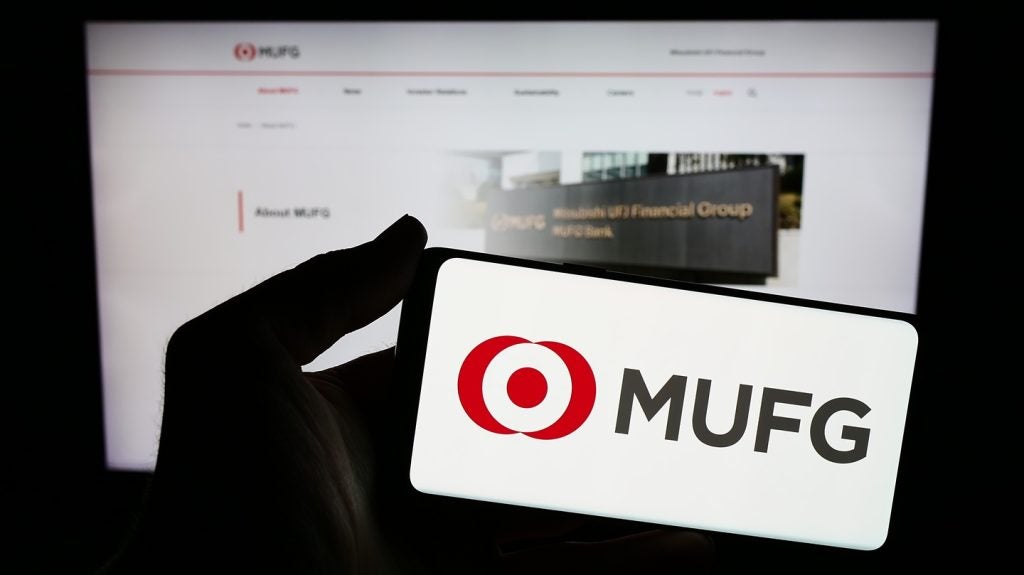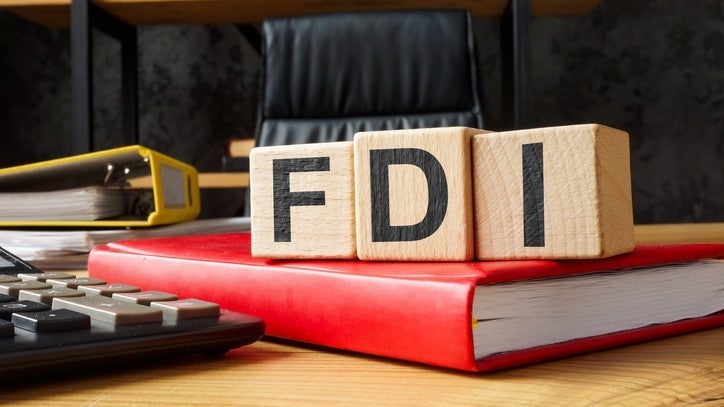Enhancing Raiffeisen Bank
International’s retail risk management infrastructure to help it
achieve regulatory compliance, combined with the challenge of
operating in 15 markets, is an ongoing priority for the
Austria-based lender. Zsolt Jaczko, head of methodology and
validation in retail risk management at Raiffeisen discusses
the bank’s risk strategy with Douglas Blakey.
 The second
The second
of the Basel Accords (Basel II), covering international standards
that regulators use when determining how much capital lenders need
to put aside to guard against risk, presented a small number of
vendors with a commercial opportunity.
Under Basel II, lenders are
required to meet the revised minimum capital requirements, comply
with enhanced risk assessment and provide the market with details
of their risk management activities in order to promote market
discipline.
With retail business
in 15 CEE markets, almost 60,000 employees, and more than
14 million customers served by a branch network of around
3,000 units, Raiffeisen Bank International’s partnership with a
small number of vendors to achieve Basel II compliance was
crucial.
Raiffeisen’s self-proclaimed
mission was to “enable sustainable and profitable growth,
effectively managing the retail portfolio and making sure that a
suitable risk infrastructure is in place”.

US Tariffs are shifting - will you react or anticipate?
Don’t let policy changes catch you off guard. Stay proactive with real-time data and expert analysis.
By GlobalData
AIRB approach better risk
management
To accomplish that, the lender
chose the Advanced Internal Rating Based Approach (AIRB) of the new
Capital Accord (Basel) as the group level solution.
Given the greater risk sensitivity,
the AIRB approach allowed the adoption of a more enhanced retail
risk management framework, key to manage business challenges and
make the most of group network opportunities.
Zsolt Jaczko, executive director at
Raiffeisen Bank International, has led the bank’s efforts to
implement a consistent risk management and Basel II framework
across its entire retail network.
Jaczko told RBI that
Raiffeisen has been working with Ireland-headquartered vendor
Experian as its methodology partner since 2003, to meet the
Basel II regulations.
“Experian had a wide range
of knowledge and was selected to provide modelling across our
network,” he said.
The first step was to develop a
roadmap toward compliance together with state-of-the-art risk
management across its entire banking network. Experian consultants
carried out a Basel II gap analysis through site visits to all of
the network units. Detailed data and process audits led to the
design of the most suitable analytical framework and the
identification of actions required to improve data standards where
necessary.
This activity resulted in country
specific roadmaps, defining activities and milestones and
prioritising them (from data collection, through to scorecard
development and risk-weighted assets calculation). Country level
roadmaps converged them into the group level one that allowed the
project teams to keep project oversight and control.
Raiffeisen summarised the
benefits of the partnership as follows:
- Common minimum data
infrastructure across the entire branch network; - Continuous research and
improvement of analytical tools for risk measurement and
management; - Enhanced risk assessment
with the development and implementation of leading risk management
solutions; - Cross-selling and up-selling
activities to increase portfolio size using newly developed
tools; - Consistent approach to
reporting, operational processes and risk management across the
network; and - Trained staff through
sessions on Basel II and specific risk management
issues.
“Without effective risk management
tools, the lending process is almost impossible,” said Jaczko. “If
I do not have these tools I am not managing my lending, collection
process and my portfolio; I am just lending and collecting. Without
proper tools it is not feasible anymore.”
As for quantifying benefits from
the bank’s risk investment, he said it was hard to quantify but in
his last role, where he headed up risk at a smaller regional
lender, one scorecard development could gain 20 or 30% for the
profit and loss account.
Innovation in risk
management
“After one or two years working
with Experian, the strategy changed a little. It became apparent
that it was not enough just to be compliant with the
regulations.
“The decision was made that our
strategy and organisation should focus not just on regulation, but
to do something more, something much more innovative in terms of
risk management.”
The partnership between lender and
vendor evolved to encompass account level model development.
“It was an area where we felt we
could do a lot more than just comply with the regulatory
requirements. Moving to account-level estimation gives more
accuracy.”
Another area of innovation related
to low default portfolio estimation and the estimation of
underlying risk.
“I have not seen it on the market
elsewhere testing alternative approaches so comprehensively and we
will issue the outcomes as a group standard.”
Innovation was also extended
to real estate evaluation.
“By collecting all possible
demographical information and real estate information, we can make
much more accurate calculation of collateral.
“The value of loan collateral
affects not just the P and L but also the bank’s capital
requirements. It is a necessary tool in the markets where we have
strong market share in the mortgage sector. It is based on
predictive analytics and is a necessary approach.
The market is moving in this direction and I know of other
lenders moving in the same way.”








